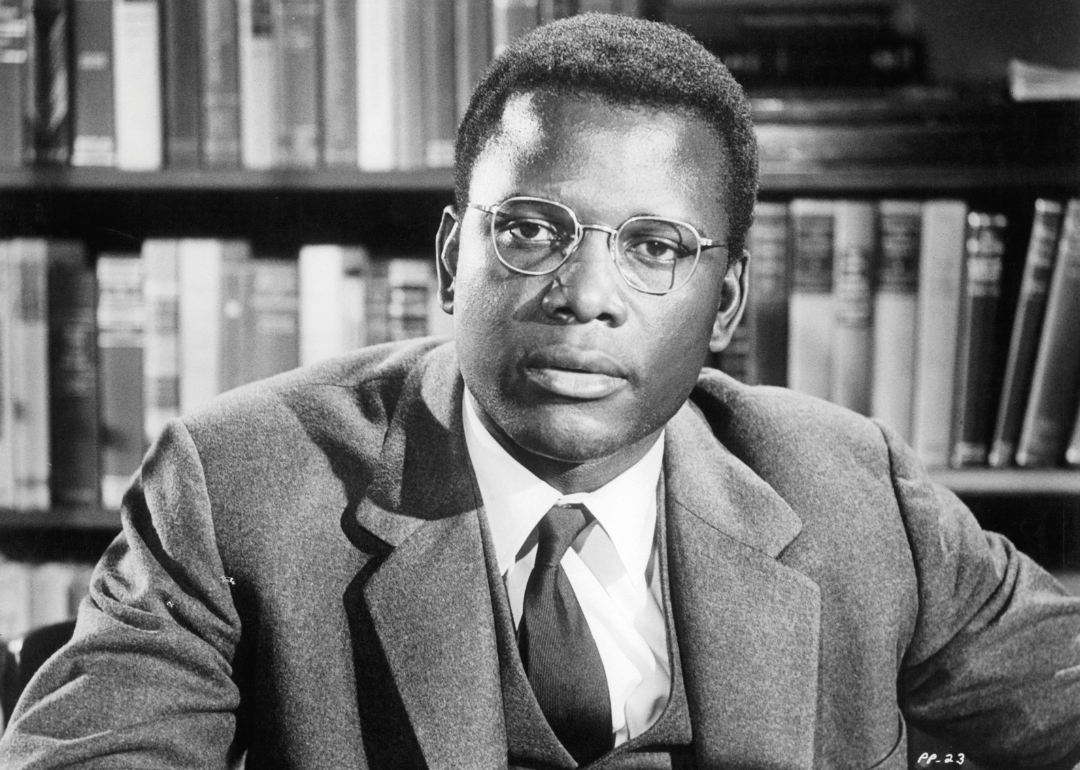
Sidney Poitier: The life story you may not know
Sidney Poitier: The life story you may not know
It wasn't long ago in American history when signs hung above public restrooms, water fountains, and restaurants proclaiming "Whites Only." The Jim Crow era of America showed us that while all men were created equal, all people were not treated as such.
During a time rampant with racial bias, violence, and political unrest, it is all the more impressive that an iconic figure such as Sidney Poitier was able to emerge as a leading star in Hollywood. Especially considering that, during the time of his initial stardom, many of the laws in place across the country would have forced Poitier into segregated sections of the theater to watch the very films in which he starred.
Throughout his life and career, Poitier made himself a force to be reckoned with onscreen. Yet it was the equally powerful impact he made offscreen that has continued to earn Poitier such high esteem far beyond the scope of the roles he played. From his first film inspiring a political movement to his time as an activist and a Bahamian ambassador, there was no limit to what Poitier could accomplish in his 94 years of life.
For that reason, Stacker compiled a list of 25 things about Sidney Poitier's life you may not know, drawing from news accounts, biographies, magazine interviews, and movie databases. We reviewed all facets of Poitier's remarkable life and career to honor the award-winning actor, activist, and trailblazer—scroll through for an in-depth look at his legacy.
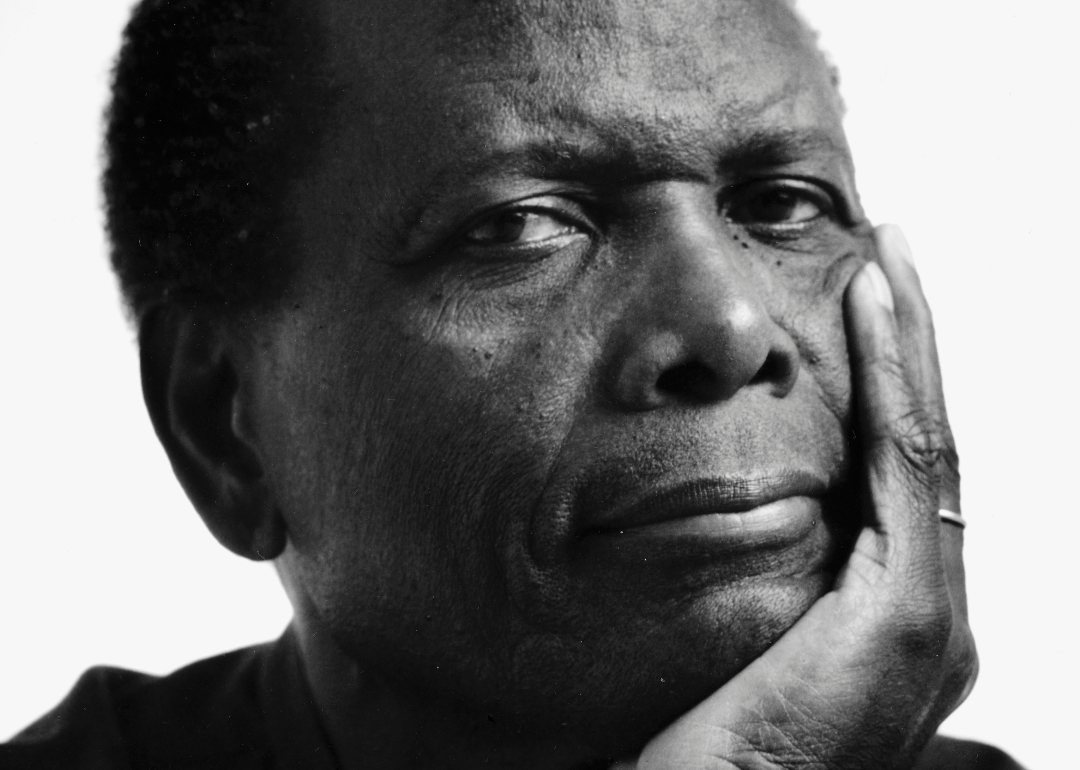
A dual citizen of the Bahamas
Sidney L. Poitier was born two months premature on Feb. 20, 1927, while his family was in Miami. Originally from Cat Island, one of the least-inhabited islands of the Bahamas, his family had made the trip by boat to sell tomatoes from their farm. After spending time in the U.S. recovering from complications of early childbirth, Poitier and his family returned to the Bahamas, where he spent most of his formative years.
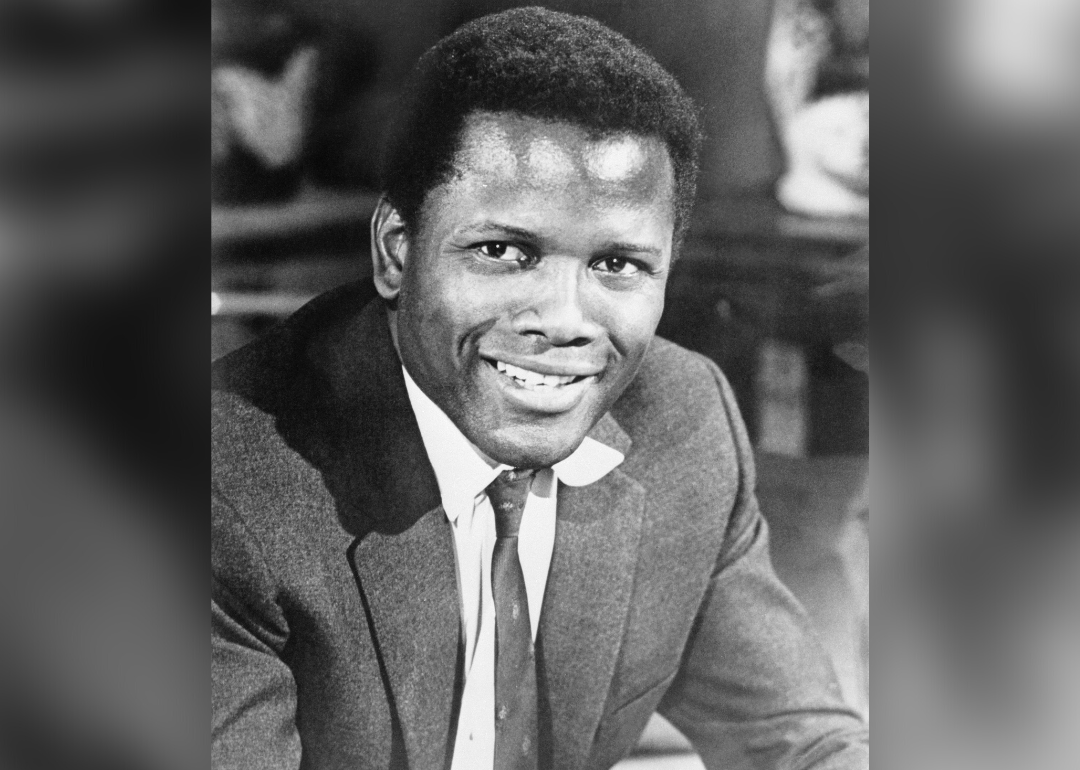
Discovered a love of film in Nassau
Poitier grew up on Cat Island, where he spent most of his time surrounded by nature. It wasn't until his family moved to Nassau, the capital of the islands, when he was 10 years old that he had his first real exposure to the kind of performances he would later fall in love with—film and theater.
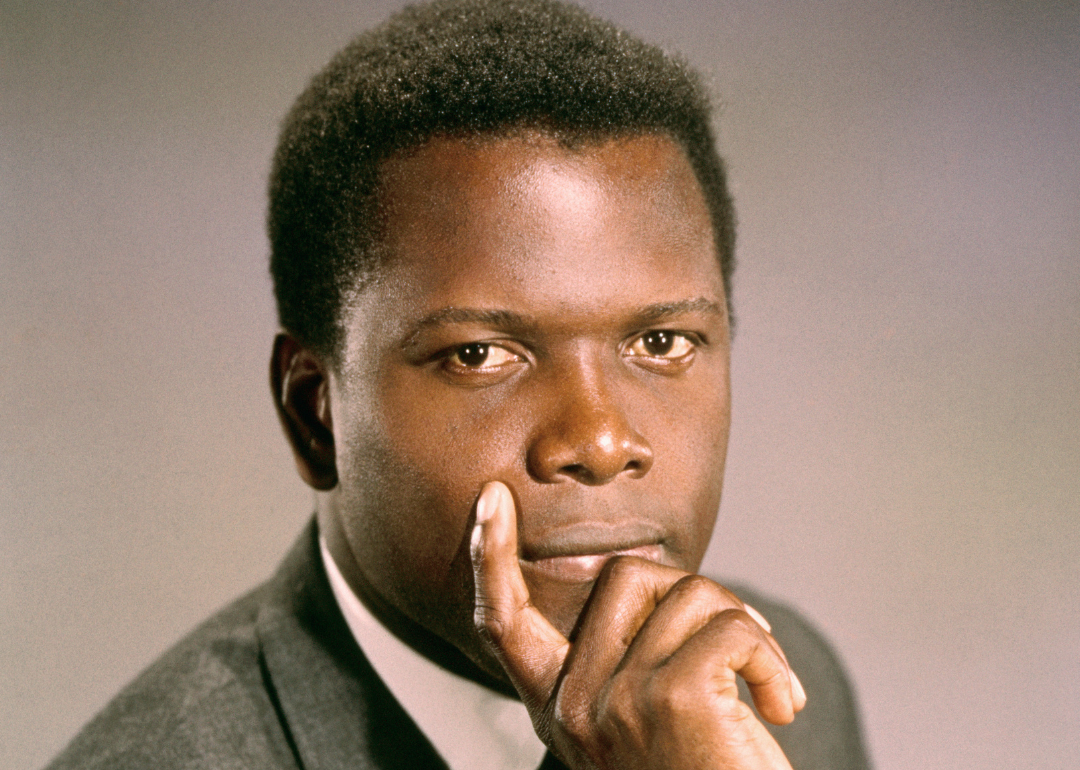
From Nassau to Miami
The move to Nassau exposed Poitier to various art and culture he had never seen. Despite this, his parents feared his lack of education would cause him to slide into delinquency—especially after one of his closest friends was sent away to reform school. With one of his older brothers already residing in the States, 15-year-old Poitier followed behind him and ended up back in his birthplace of Miami.
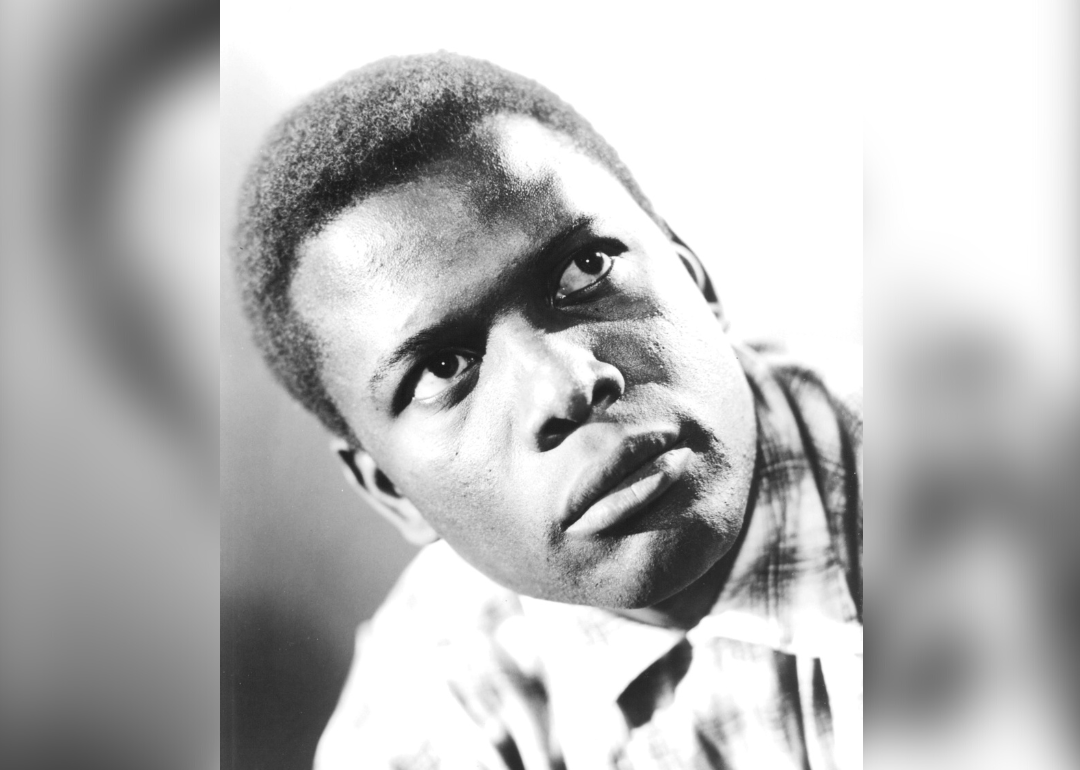
It was in Miami, however, where he encountered a new kind of trouble
Though Poitier didn't grow up with a lot of money as a child, he grew up with a family who owned their land in a place that wasn't constantly tormented by white supremacy. It wasn't until he made his move to the United States that Poitier discovered the kind of trouble he could get into just for existing. While in Florida, Poitier worked as a delivery boy, during which—he remarked later in life—he encountered constant acts of racism.
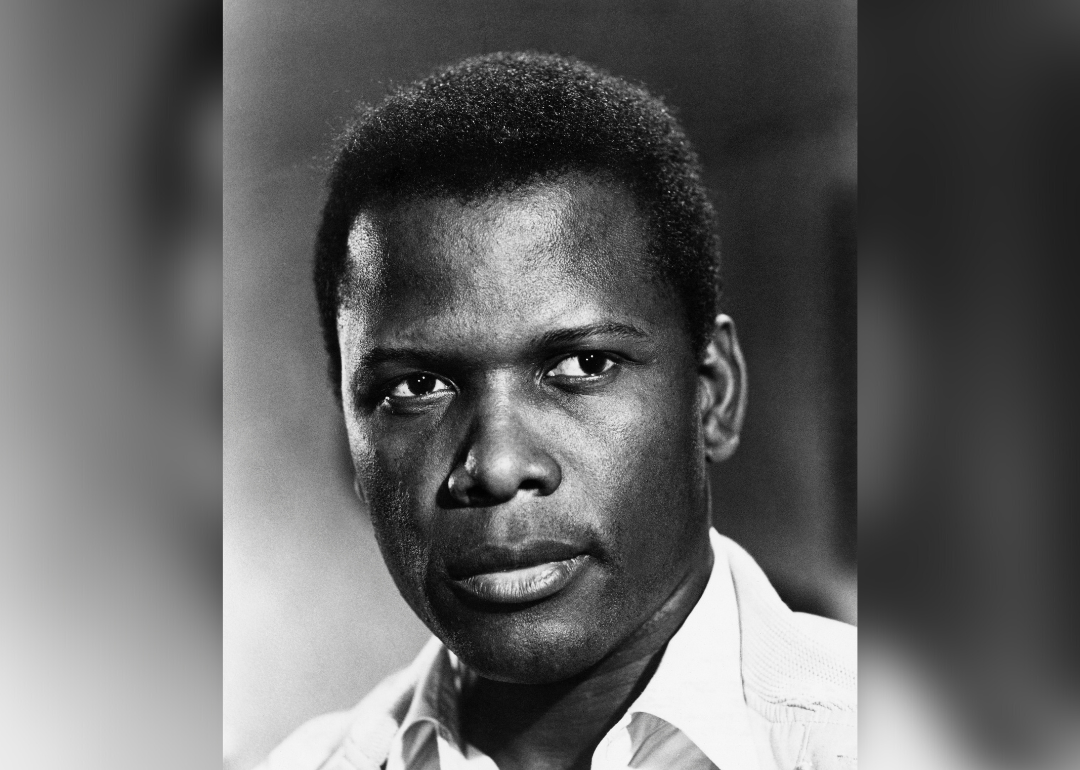
He was a victim of police harassment and brutality as a teenager
After spending time in Miami and experiencing sanctioned indignities of segregation and racism—including an encounter with the Ku Klux Klan—Poitier decided to make his way up north to New York City. In Aram Goudsouzian's book "Sidney Poitier: Man, Actor, Icon," there's a moment wherein Poitier recounts five white police officers threatening his life and stalking him home for 35 blocks before finally leaving him alone. The incident solidified his decision to flee the South.
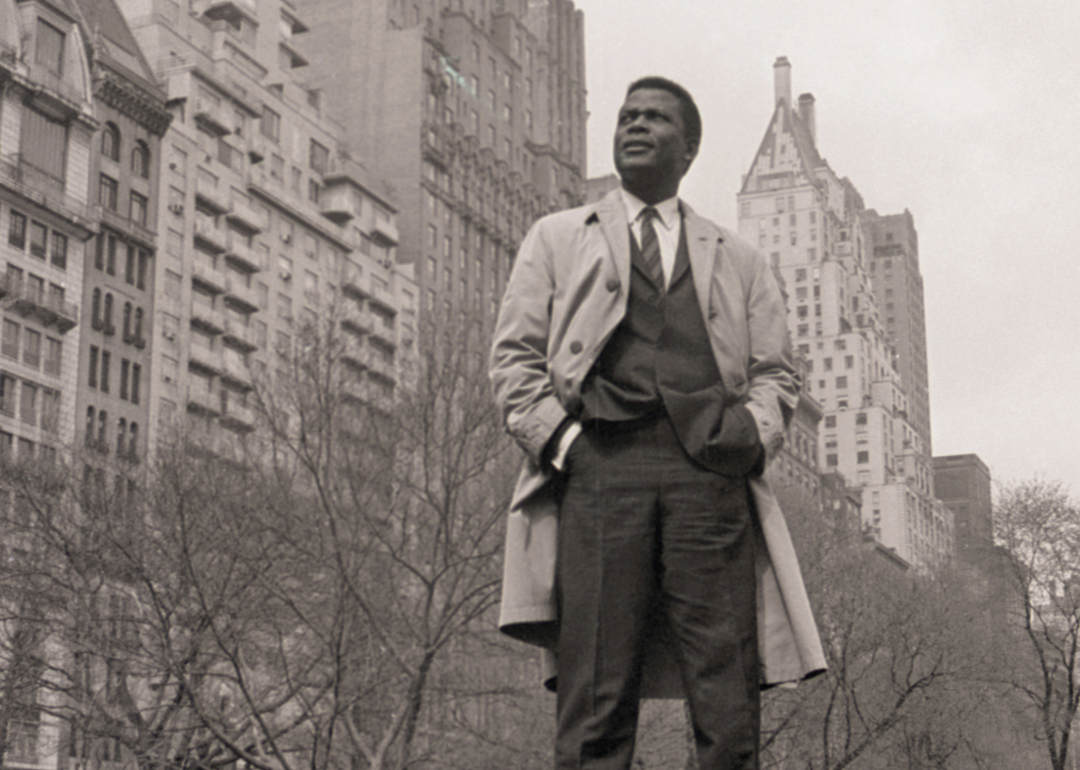
Poitier was unhoused and jailed for vagrancy
While his move to New York City was one of necessity, Poitier was in no way prepared for such a dramatic change in surroundings and climate. With only a few dollars in his pocket, no prospects, and the brutal winter of the northeast, Poitier sought shelter by any means that he could—sleeping on rooftops and park benches if it came to it. At one point, he even sought temporary shelter in an orphanage when the opportunity presented itself. Due to the instability of his conditions, he was jailed for vagrancy at different points in his early life.
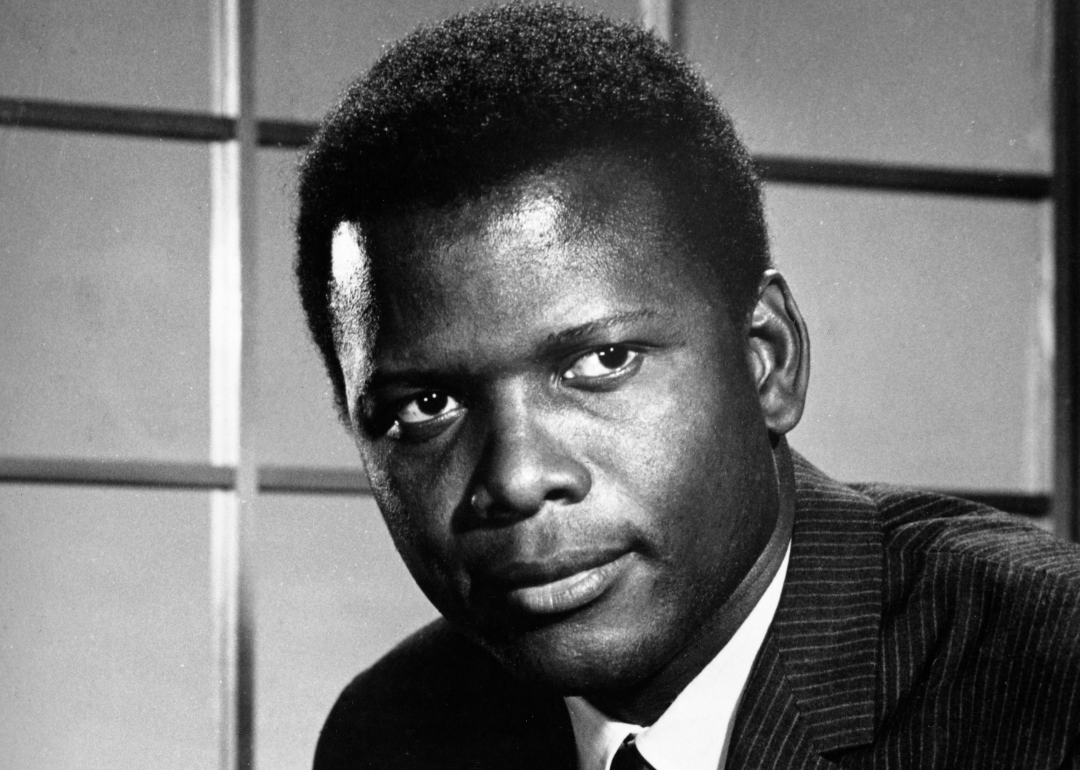
Lied about his age to join the Army
In the few short years Poitier had been in the States, he had no shortage of run-ins with the law. After being arrested for vagrancy and overwhelmed by the cold weather, Poitier lied about his age and enlisted in the United States Army at 16.
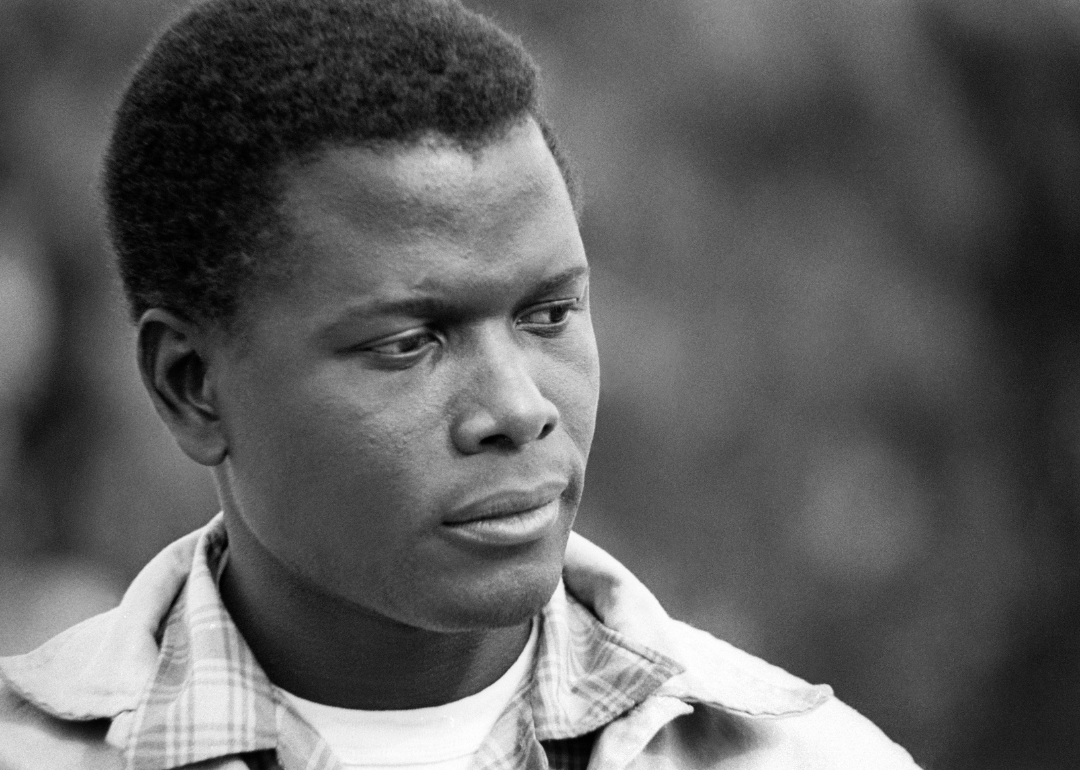
Worked with psychiatric patients in a veterans hospital
After passing his enlistment requirements, Poitier was assigned to a veterans hospital on Long Island. He, along with 150 other Black recruits, was assigned to the psychiatric ward and tasked with working with patients returning from war and suffering from "shell shock." The treatment was nearly as barbaric as the cause of the condition. Poitier would later recall, "We would in time become no more than jailers."
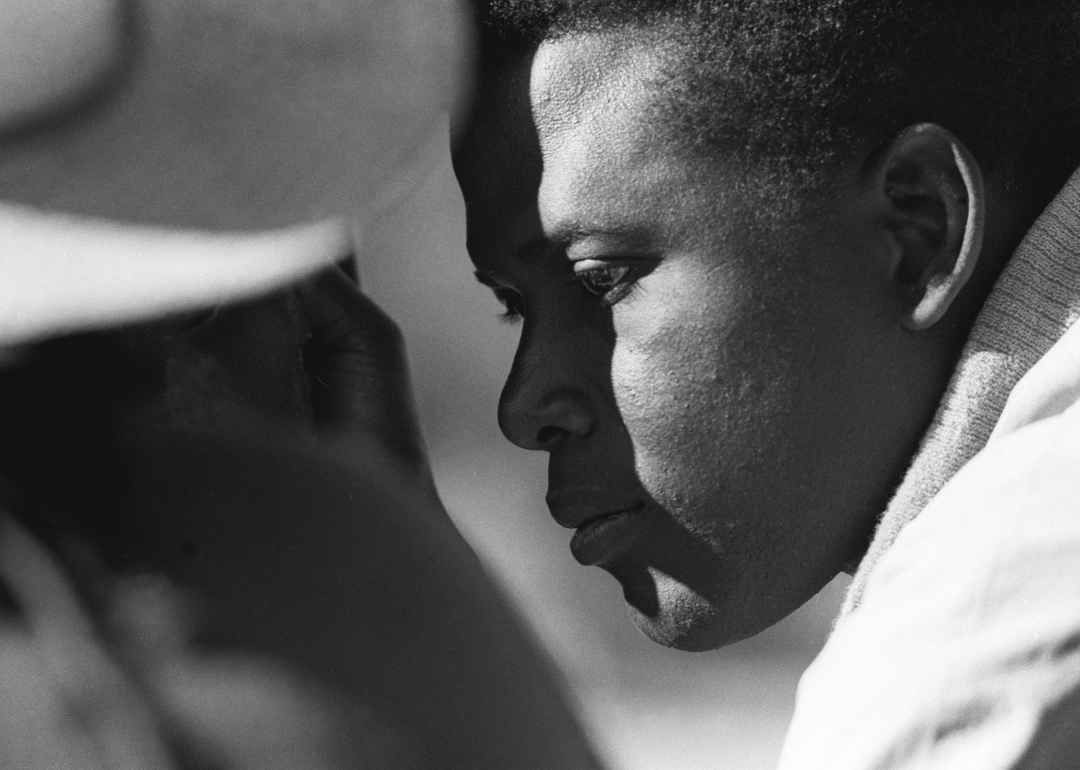
Faked a mental illness to get out of the Army
While working at a veterans hospital, the atrocities Poitier witnessed and was forced to participate in became too much for him to bear. To get a discharge from the Army, rather than the dangerous and illegal risk of going AWOL, Poitier faked a mental disorder.
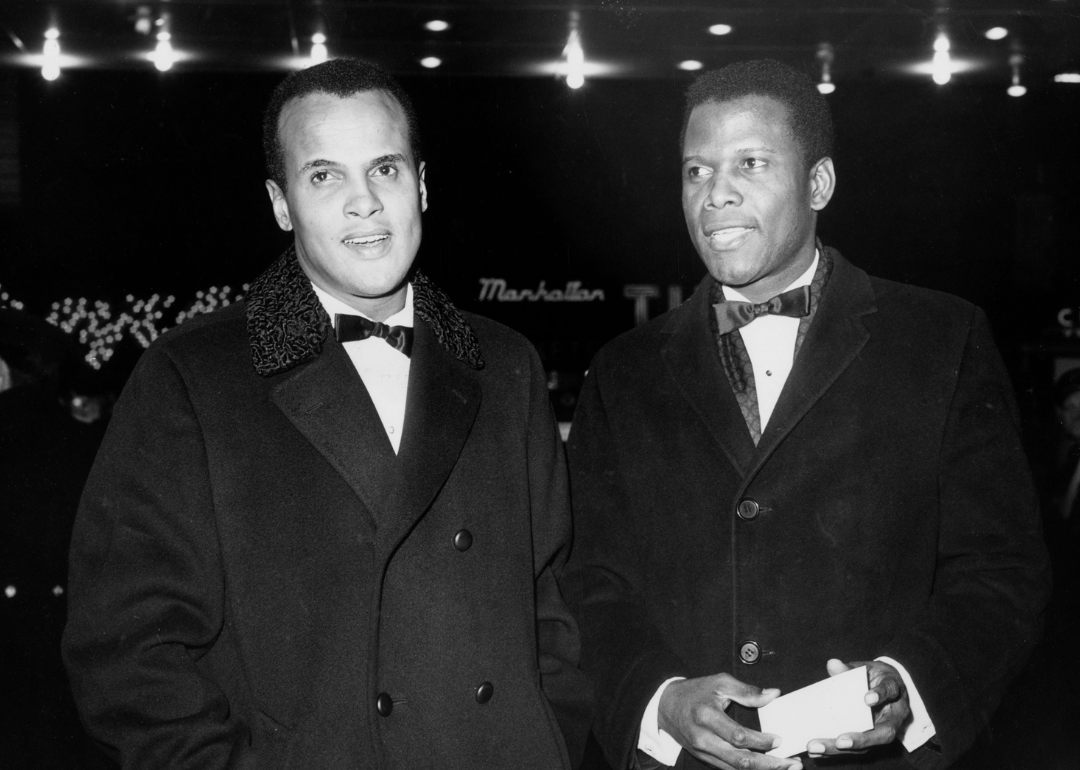
His accent impacted his acting career
With no education, a discharge from the Army, and few options, Poitier decided to answer an ad for the American Negro Theater. Poitier tanked his first audition because of his Bahamian accent. After the poor audition, he dedicated hours to listening to radio broadcasters to learn how to mimic their accent and eliminate his own. He later returned for an audition, landing his first role in 1946 as the understudy to Harry Belafonte in "Days of Our Youth." He and Belafonte would go on to be lifelong friends.
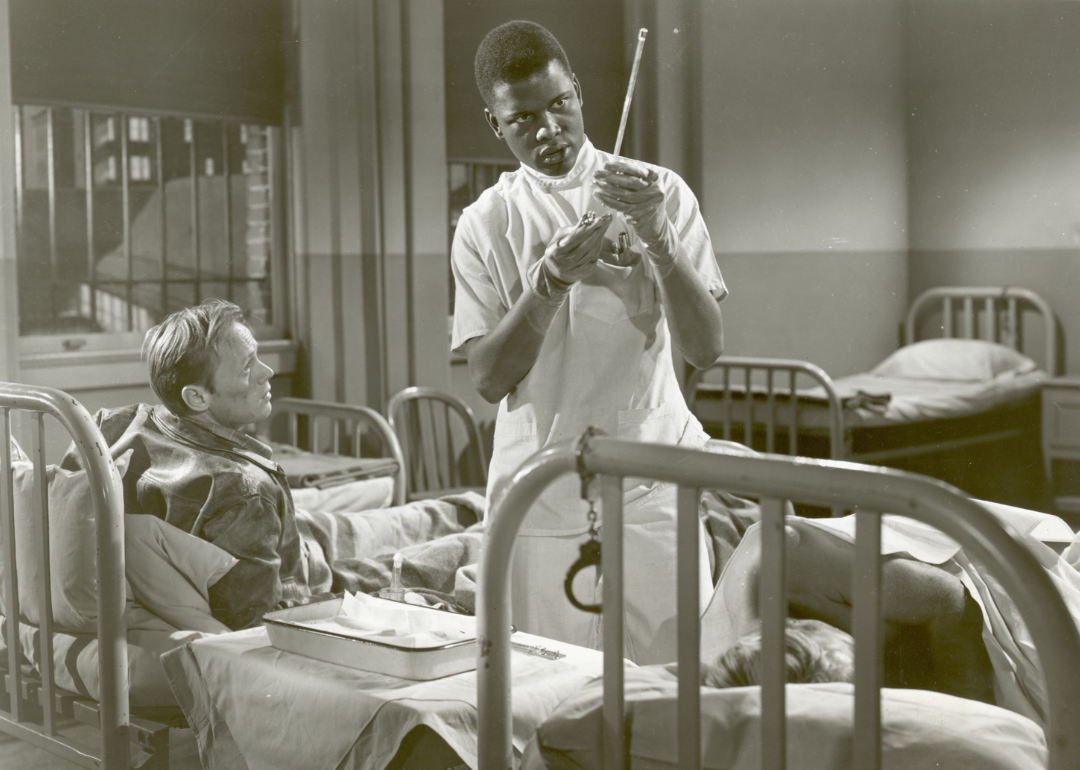
Poitier's first leading role was controversial
Through the experiences of racism, discrimination, and white supremacy Poitier faced early in life, he was determined to make a career that led him away from being typecast or put into roles that would force him to portray Black people in a derogatory, dangerous, or stereotypical light.
That belief was evident when he made his film debut in 1950's "No Way Out." The movie rendered a brutally honest depiction of the inherent racism embedded in the United States while refusing to portray a Black man in a stereotypical subservient role, an extreme rarity during a time when segregation was still the norm. The film was banned in parts of the U.S. and the Bahamas.
It was the movie's ban that inspired Bahamians to form a Citizens Committee to demand the film be allowed—and they won. The group later became the Progressive Liberal Party, which morphed into a majority party that eventually won independence from English colonial rule in 1973.
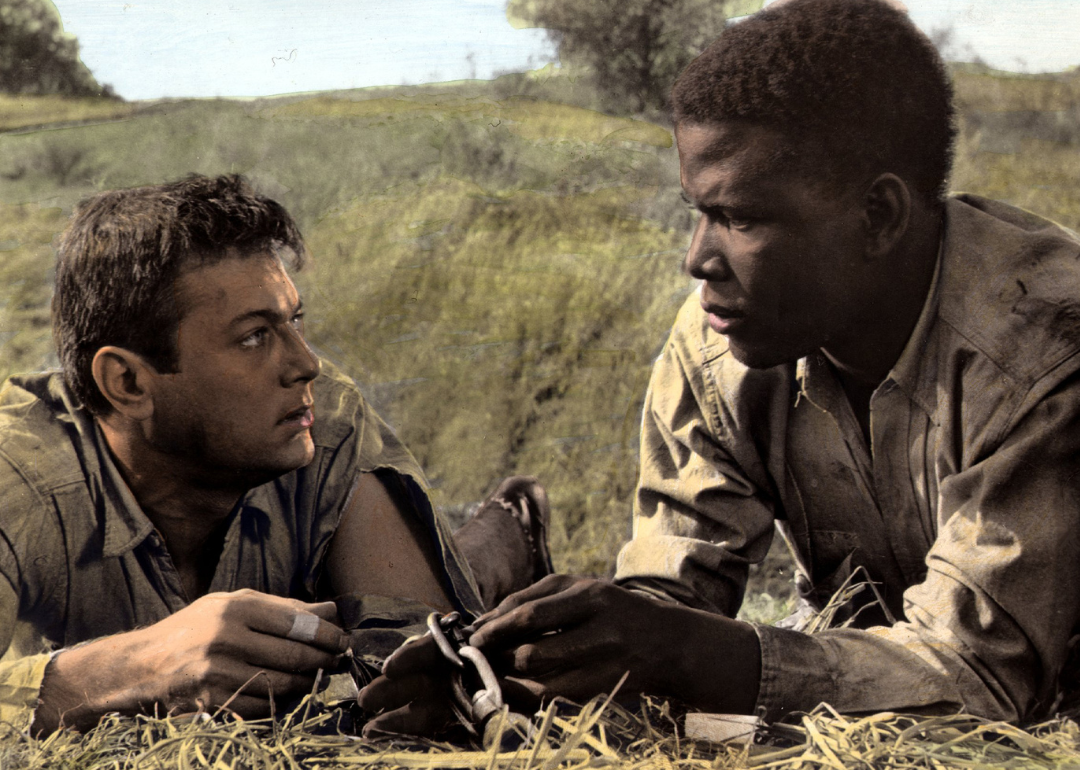
First Black American nominated for an Academy Award
Poitier was born just two years after the first Academy Awards on May 16, 1929. Thirty years later, he became the first Black American to be nominated for the Best Actor Oscar for his role in 1958's "The Defiant Ones," a story about two members of a chain gang—one Black, one white—who escape after the truck transporting them crashes. It was one of Hollywood's earliest attempts at addressing race relations and earned both Poitier and his co-star Tony Curtis accolades and awards.
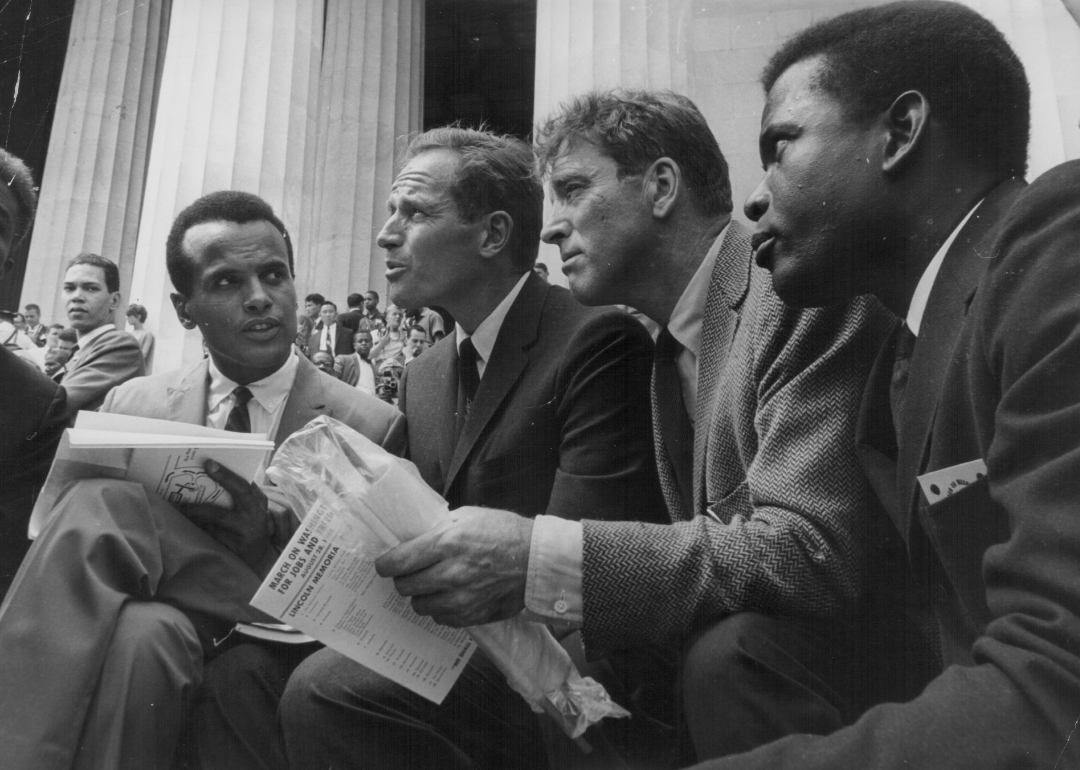
March on Washington
In 1963, America was at the height of the Civil Rights Movement. Dr. Martin Luther King Jr. was inspiring and influencing people across the country to take part in the bigger picture of desegregation, equality, and freedom for all.
One of the major markers of this movement was the March on Washington, which had more than 260,000 people in attendance listening to King give his "I Have a Dream" speech. Among that crowd was Poitier, along with other celebrities like Harry Belafonte, Joseph Mankiewicz, Bob Dylan, and, believe it or not, a young Charlton Heston.
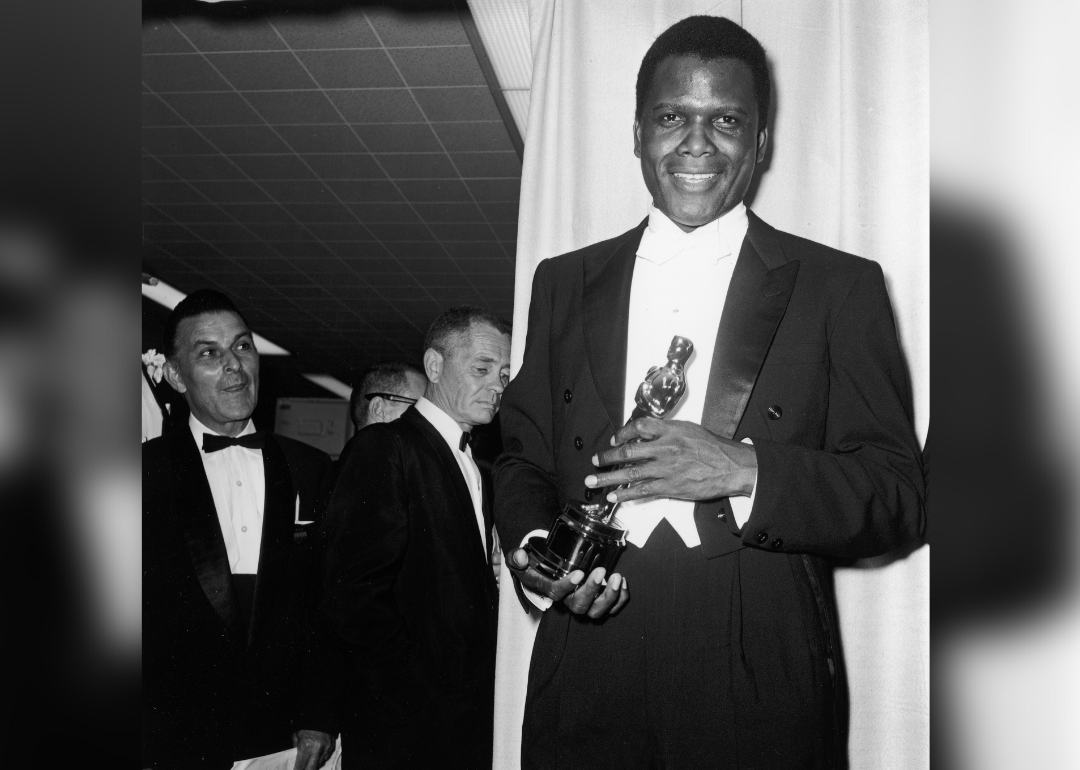
First Black American to win Best Actor Academy Award
Though Poitier hadn't won the Best Actor Oscar for his role in "The Defiant Ones," that all changed four years later when he took home the prize for his portrayal of Homer Smith in 1963's "Lilies of the Field." Despite his barrier-breaking performance, irresistible talent, and garnering two Best Actor nominations, when the camera panned to Poitier as he walked to the stage at the ceremony, it's of interesting note that he was seated dozens of rows behind his peers. Despite Poitier's Oscar win, many movie theaters remained segregated.
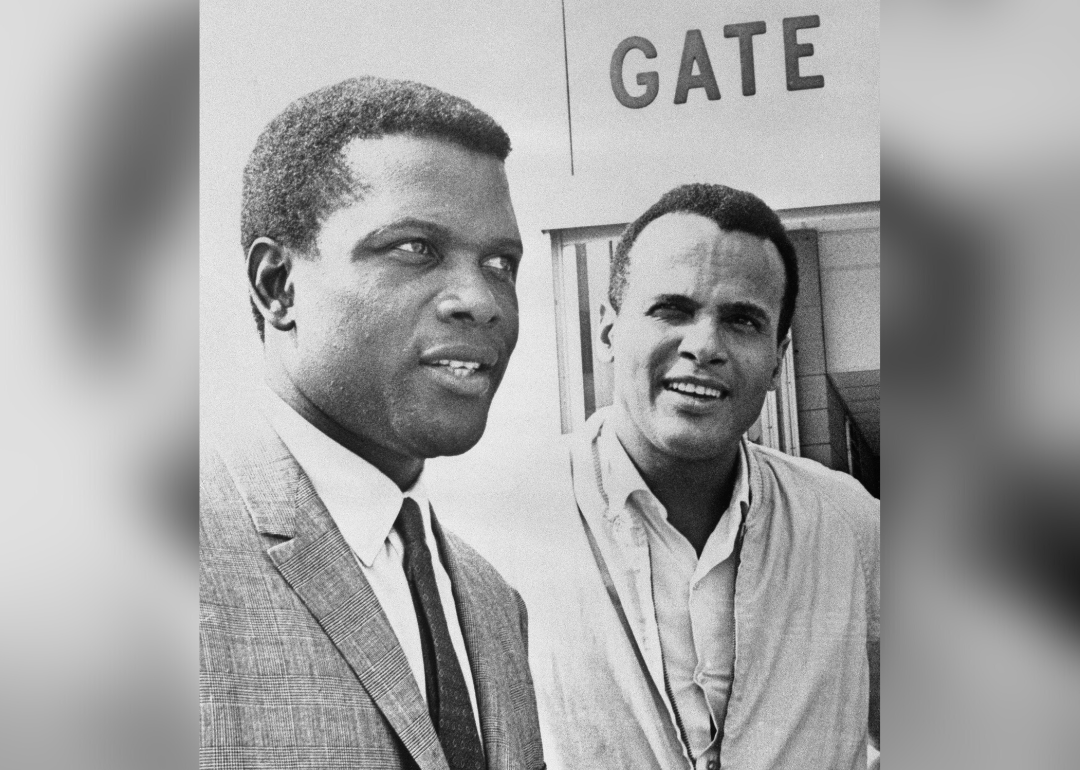
Poitier, Harry Belafonte, the KKK and Freedom Summer
Less than a few months after winning his first Academy Award, Poitier participated in Freedom Summer, a civil rights campaign built around registering as many Black voters as possible in Mississippi in 1964. During the campaign, it was well known that KKK members would harass volunteers working on the campaign.
As such was evidenced by the story of the time Poitier and Harry Belafonte personally flew in a carrier bag full of money to assist with the cause. When the pair arrived, got off the plane, and got into a car meant to escort them to their destination, the car was met with a cohort of armed Klansman, and a chase ensued. They followed the duo until they made it to Greenwood, Mississippi.
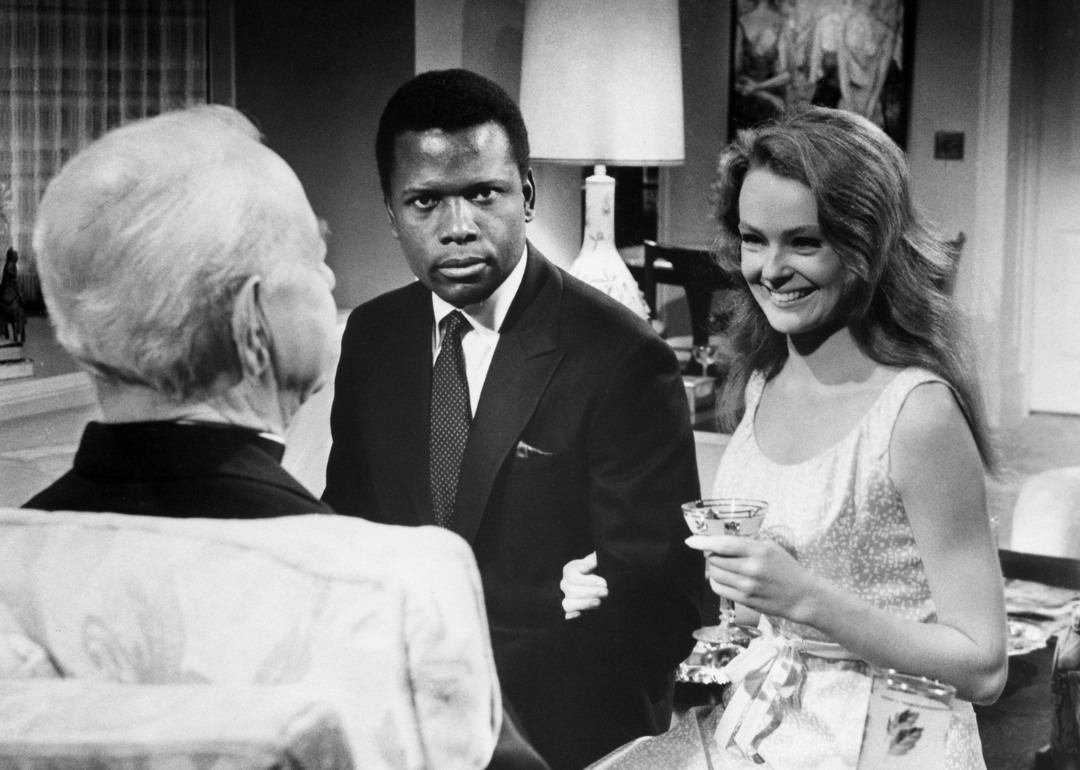
Starred in 3 of the highest-grossing movies of 1967
With an Oscar under his proverbial belt, a crowd of adoring fans who appreciated him not only for his acting but his activism, and critics eating out of the palm of his hand, it's no wonder Poitier began landing the kinds of roles he did. It's even less of a wonder so many people showed up to see them. A few years after winning the Best Actor Oscar, Poitier starred in three seminal films—all of which reached the top 15 as some of the highest-grossing films of 1967: "Guess Who's Coming to Dinner"; "To Sir, with Love"; and "In the Heat of the Night."
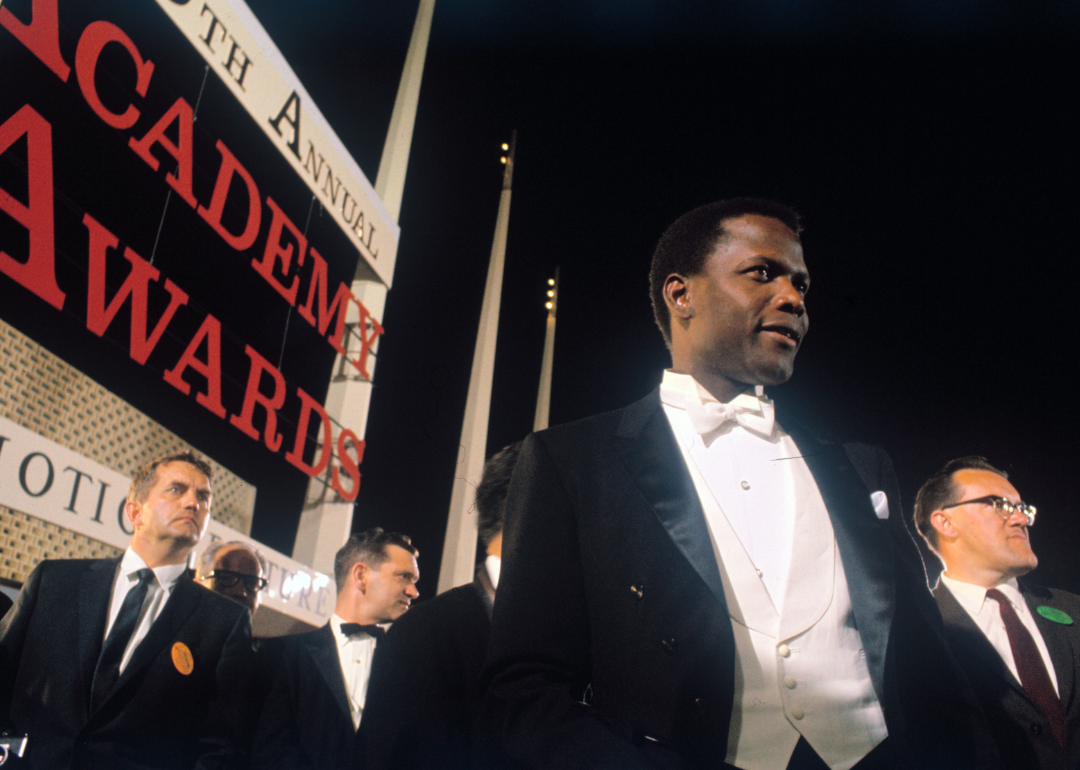
1969's top-paid actor
Few actors were as popular as Poitier during the '60s, and his paycheck seemed to prove it. It was estimated that, by 1969, Poitier was one of the highest-paid actors in Hollywood, according to the New York Times.
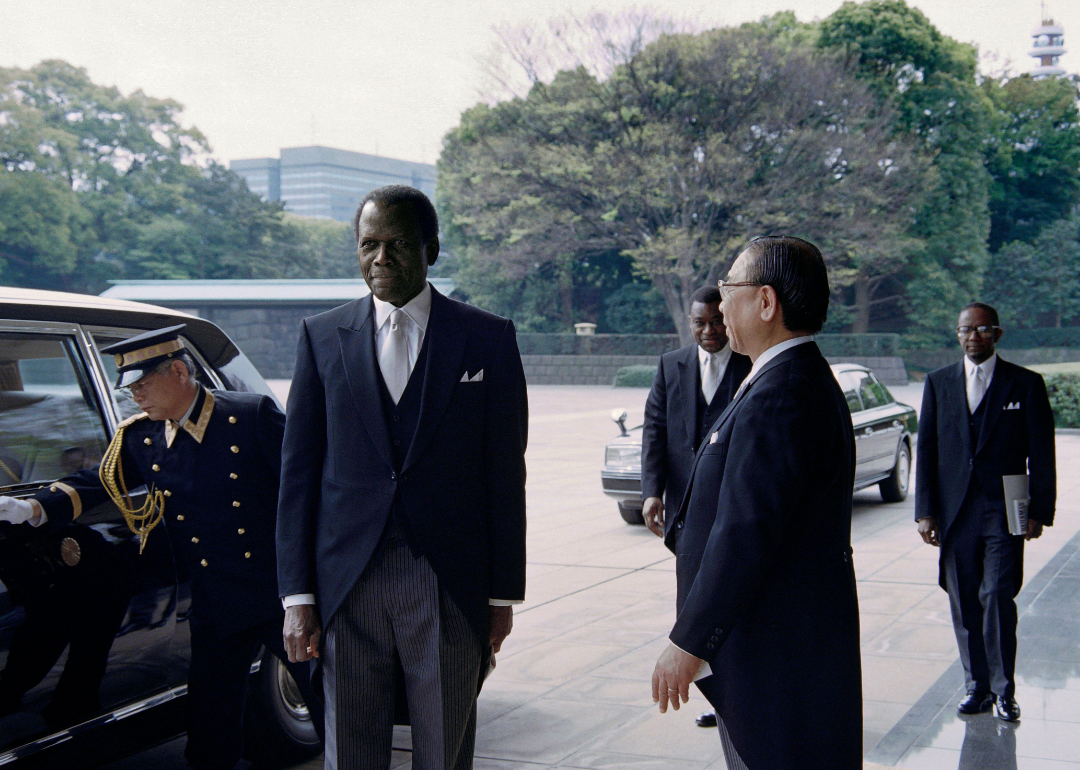
He was more than an actor; he was an ambassador
Poitier never forgot what he had seen throughout his life, nor did he forget where he came from. In fact, between 1997 and 2007, Poitier acted as the ambassador of the Commonwealth of the Bahamas to Japan and the ambassador to the United Nations Educational, Scientific and Cultural Organization from 2002 to 2007.
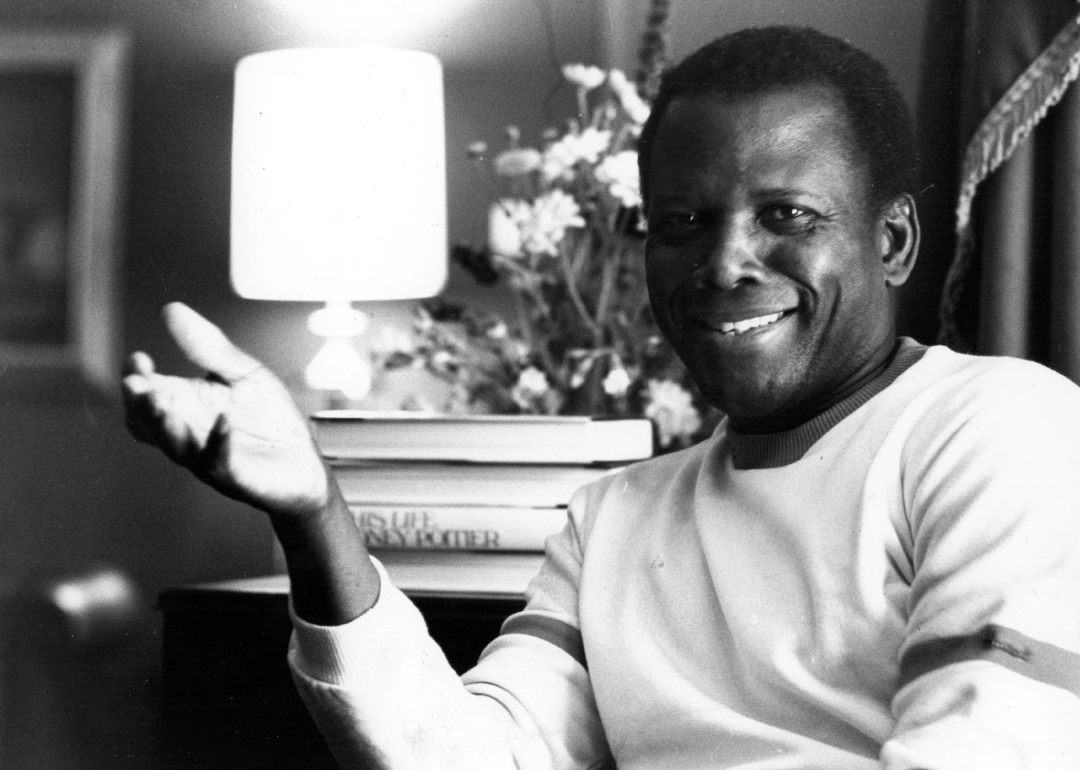
Sir Sidney knighted in 1974
As previously noted, Poitier was known for his work as an actor, ambassador, and representative for so many of the people whom he knew, loved, and grew up with in the Bahamas. For his exemplary work and as a "Bahamian of significant achievements," Poitier became "Sir Sidney Poitier" when he was knighted by Queen Elizabeth II in 1974.
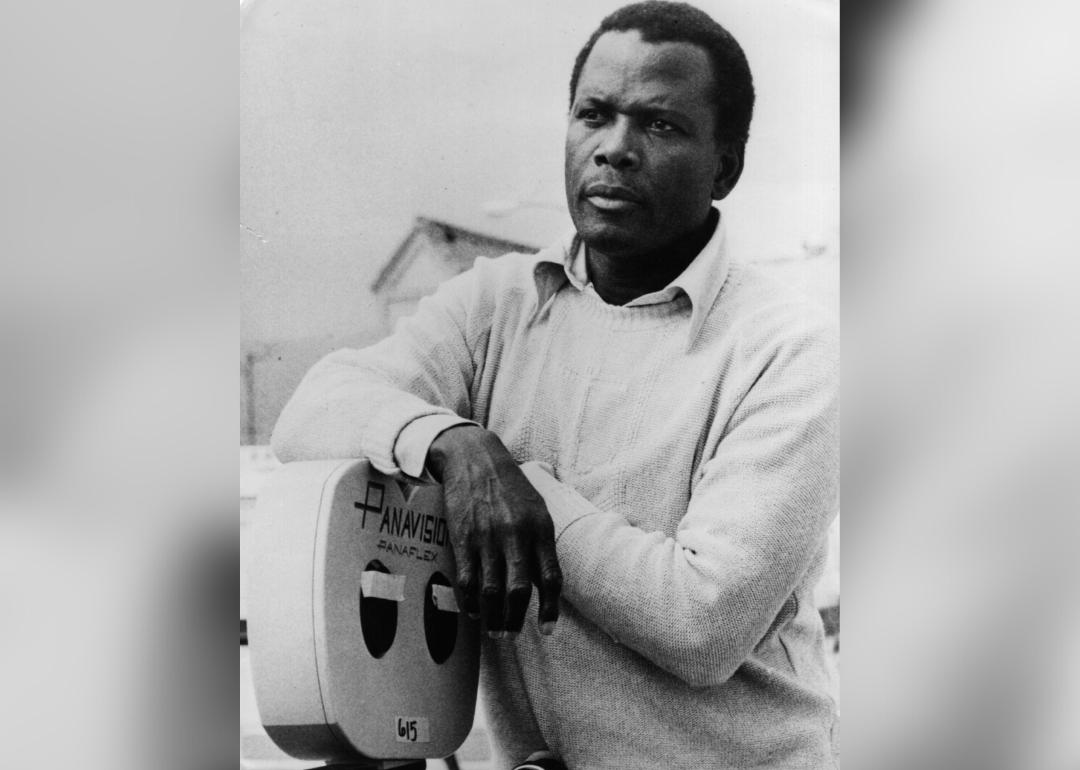
The phrase should have been called 'Six Degrees of Sidney'
Poitier was no stranger to the spotlight and spent most of his life under the watchful eye of the world. From media to fans, critics to the government, there seemed to be plenty of attention on Poitier—which came to a uniquely odd culmination in 1983. So unique that the true life events later went on to inspire a feature film.
Per the New York Times, a young man named David Hampton tricked a large swath of people in and around Columbia University into giving him money, food, and shelter under the guise that he was Poitier's "neglected son." Time magazine listed Hampton—who was arrested for the stunt on Oct. 18, 1983—as one of the top 10 imposters of all time. The situation would inspire the 1993 Will Smith-led film "Six Degrees of Separation."
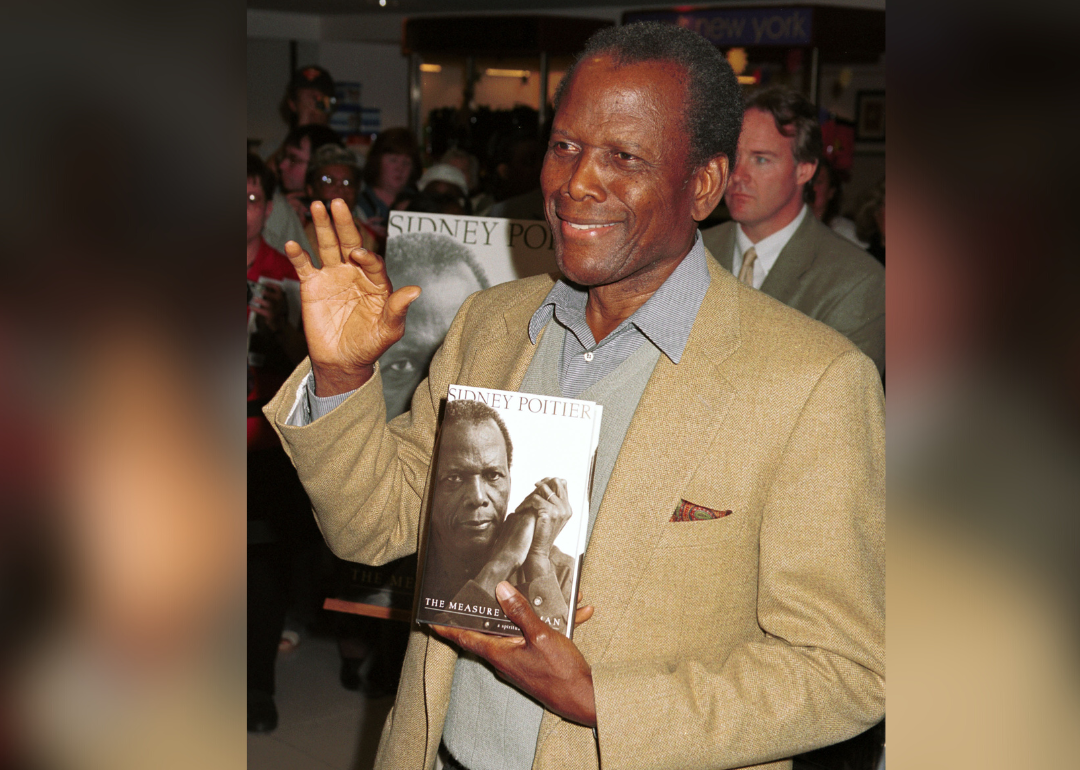
Sidney Poitier, the multihyphenate
Throughout his career, Poitier would not only act in films, fight injustices, and act as a beacon of inspiration for Bahamians and Americans alike—he was also an accomplished author. Poitier published several books in his lifetime, including the science fiction novel "Montaro Caine" and the autobiography "This Life," often considered his best work.
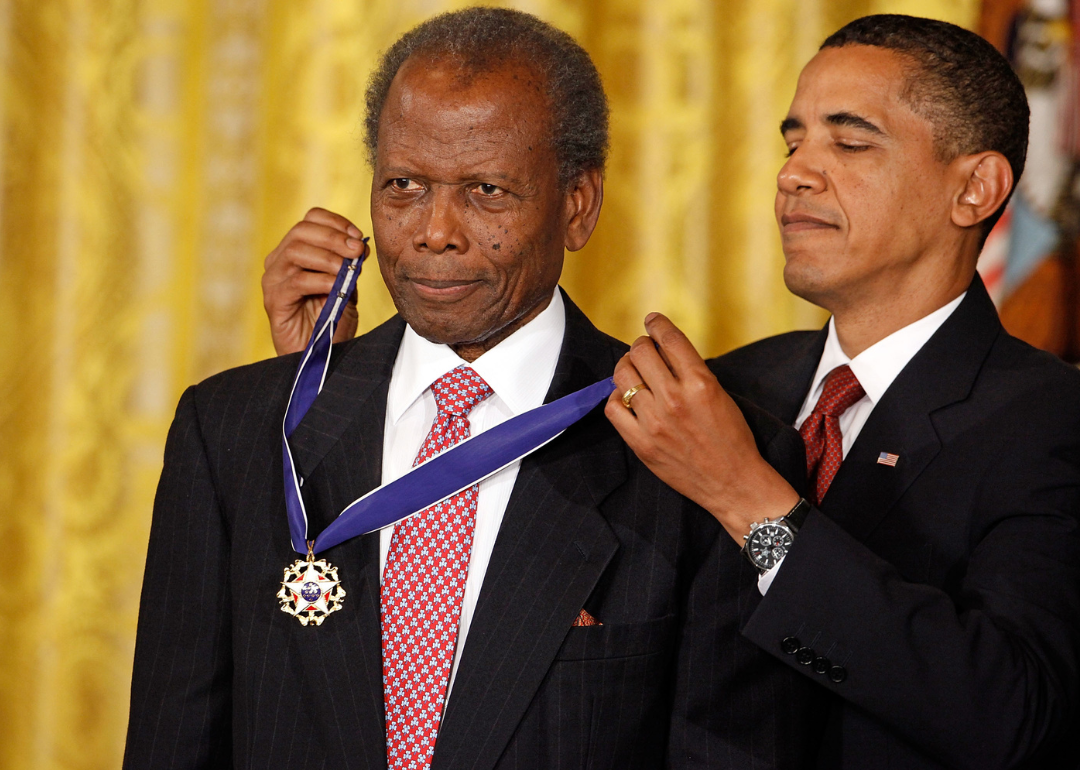
Awarded Presidential Medal of Freedom
For his trailblazing career, moving proverbial mountains, and overcoming seemingly insurmountable odds, Poitier was awarded the Presidential Medal of Freedom by then-President Barack Obama in 2009. "Sidney Poitier does not make movies; he makes milestones. Milestones of artistic excellence, milestones of America's progress," Obama said of Poitier during the ceremony, later remarking that the actor "not only entertained but enlightened."
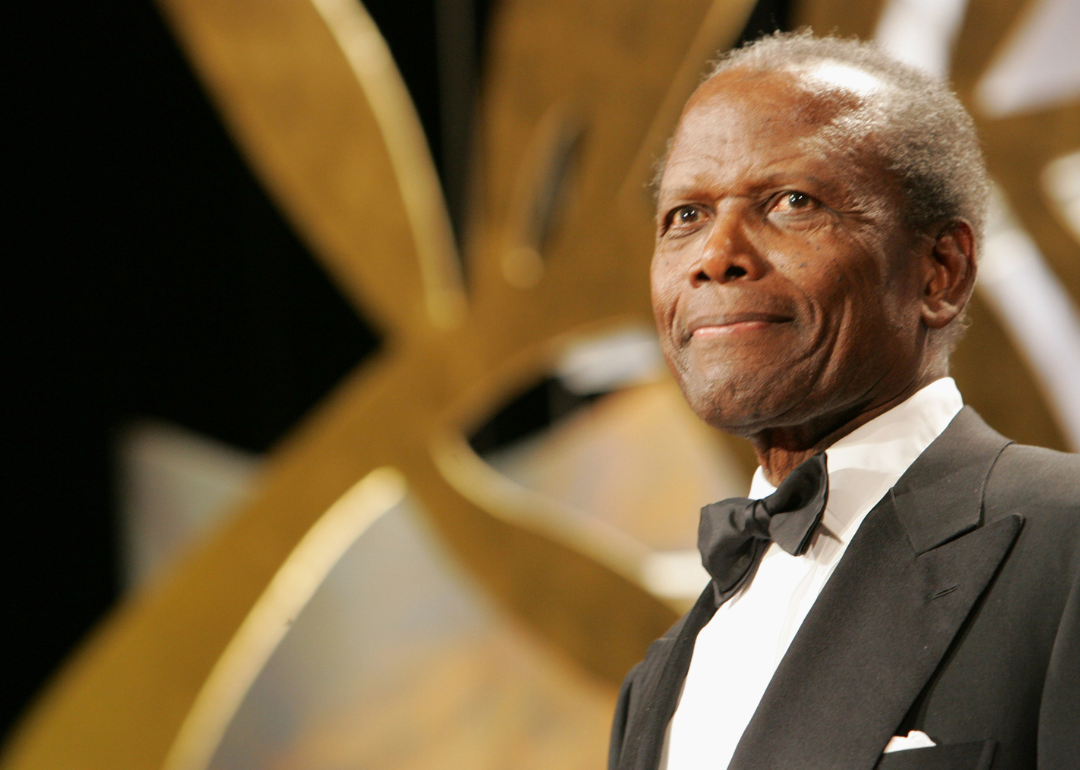
Inducted into the American Academy of Achievement
Poitier was inducted into the American Academy of Achievement in 2014 by Oprah Winfrey, a longtime admirer of the heroic figure. In honoring the figure, Winfrey remarked that Poitier's life story and work inspired her both as a child and an adult. "My heart rejoiced in what could be," Winfrey said, reflecting on the moment Poitier won his historic Academy Award.
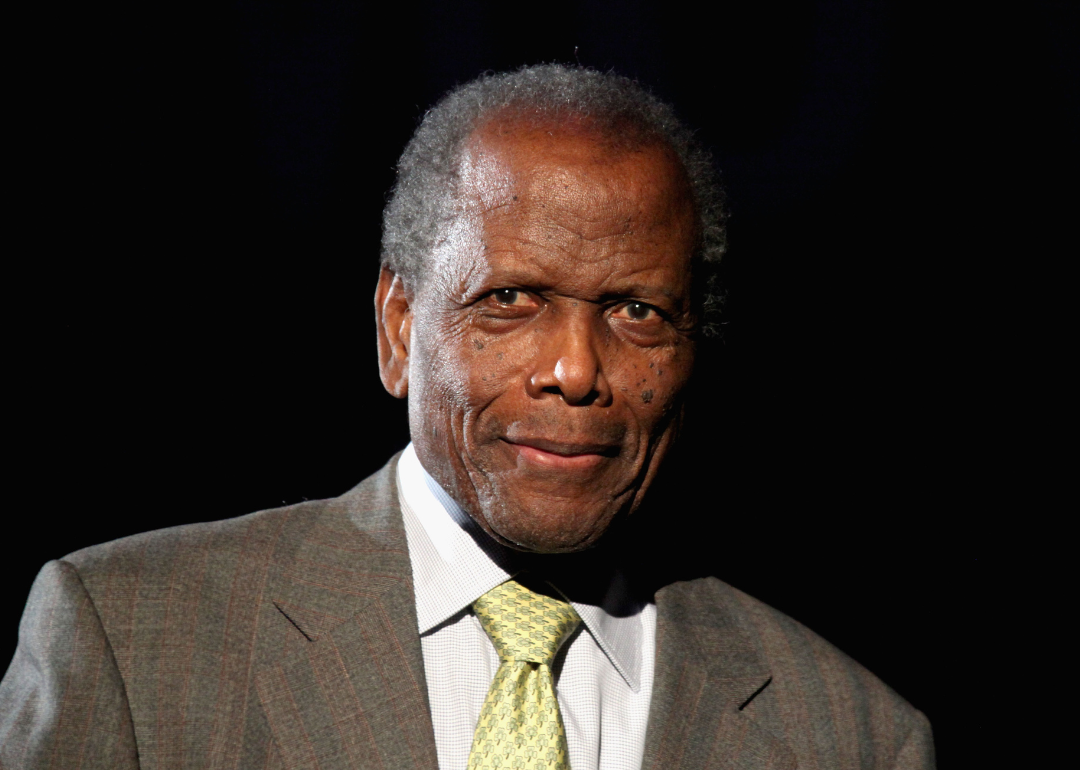
Accolade from Arizona State University
In 2021, Arizona State University commemorated the Hollywood icon by renaming its film school as The Sidney Poitier New American Film School. The name change marked the beginning of the school's growing "commitment to diversity in stories and storytellers."
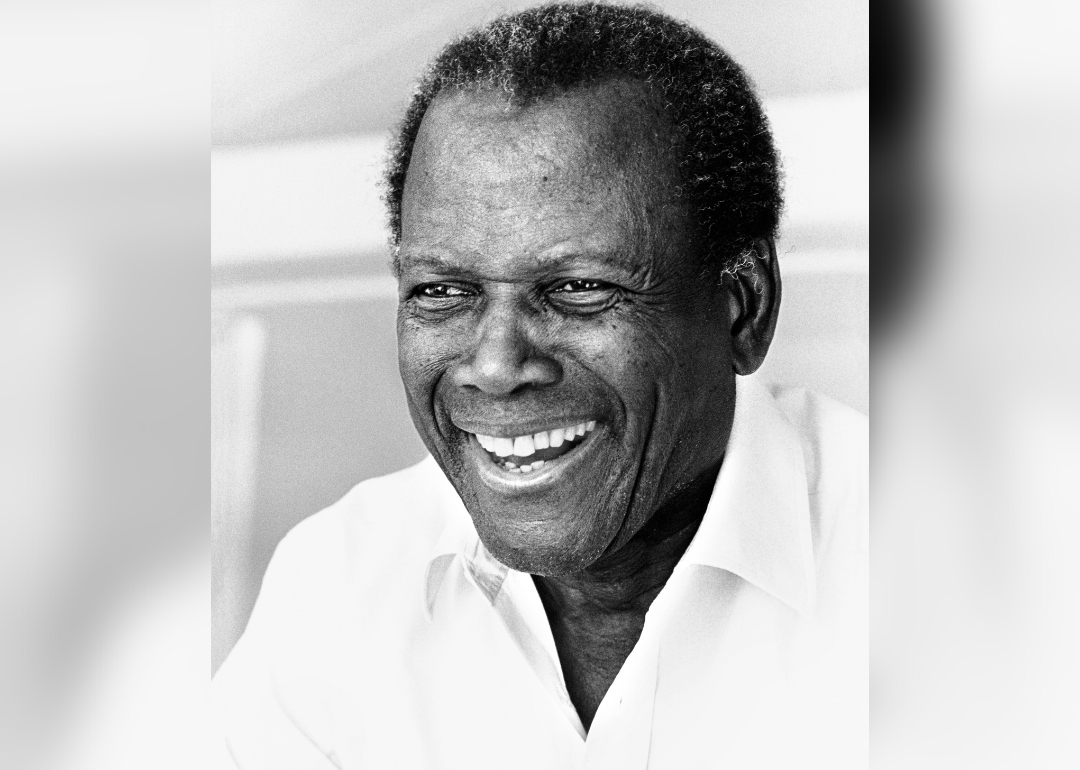
Death and legacy
On Jan. 6, 2022, the actor died of heart failure at his home in Beverly Hills, California. Ninety-four at the time, Poitier had been also living with prostate cancer and Alzheimer's disease when he died. The preceding facts barely touch upon the largely impressive and wholly momentous life of Sidney L. Poitier KBE (Knighted by England). What can be shown throughout is that, for 94 years, the world was graced with the presence of someone whose legacy lives on in the hearts of those who adored him.
Story editing by Cynthia Rebolledo. Copy editing by Paris Close.



